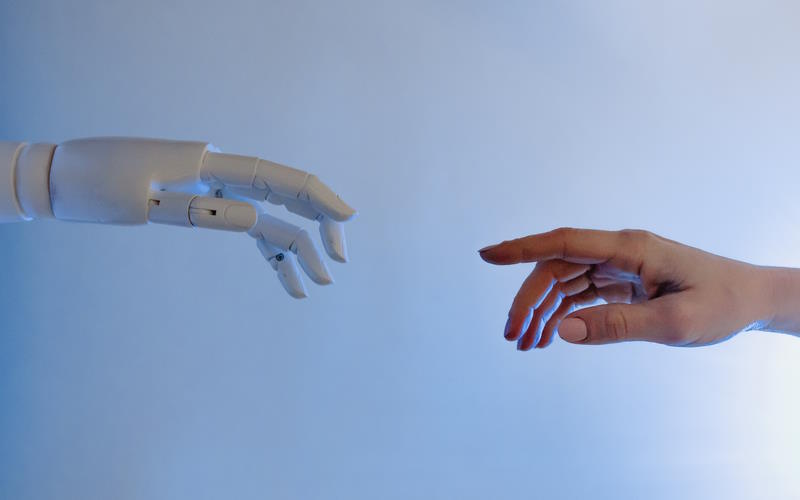
Artificial intelligence (AI) is transforming the world and disrupting virtually every industry. And the art world, which has until very recently been the sole domain of human beings, is no exception.
AI-generated art is pushing the boundaries of creativity and disrupting the way art is created, consumed, and appreciated. While it has the potential to democratize the art world by allowing more people to create art, it also challenges the traditional notions of authorship and originality.
Not to mention, AI art raises a whole host of ethical concerns and increases our dependency on technology, which some argue is already too high. What does this mean for the future of art? Is AI a threat to human creativity and contemporary artists? Let’s take a closer look.
How AI Is Changing Art
AI-generated art, whether images, videos, music, or any other form of art, is a result of collaboration between an artist and a machine. While relatively new, AI art is springing up everywhere: from magazine covers to commercial gallery shows, there’s no doubt that generative art is thriving.
And as AI art continues to evolve and gain traction, it has the potential to disrupt the traditional art market and create new economic models for artists and collectors. The benefits, as well as the potential disadvantages, are numerous.
For one, AI art can be created much quicker and easier than traditional art, which can help some artists reduce production time and costs. It can also open up new creative possibilities by providing new tools and techniques. And speaking of AI tools, they’re easily accessible, which lowers the barrier to entry into the world of art creation.
On the other hand, AI art has many ethical concerns, including the theft of artistic trademarks, algorithm bias, and data privacy. And perhaps most importantly, there may be a reduction in demand for human artists and therefore a reduction of job opportunities in the art market.
Digital artists are bound to be impacted the most since their medium is AI’s playground.
But what about more traditional artists? It is our prediction that they will still be very much in demand.
Death of the Contemporary Artist? Not Quite
As AI art continues to rise, the value of unique human-made art is almost certainly bound to rise as well. After all, AI art can easily and quickly be reproduced, which has its benefits, but this also makes it less rare and, as a result, less valuable.
Take various contemporary artworks on Singulart as an example, and compare them to images generated by AI-based software such as DALL-E. If you have any appreciation for the arts, you’ll notice a distinct lack of originality in AI-generated images.
This is only natural, as algorithms cannot experience inspiration – they just use data sets of existing works to create “new” works.
Will Contemporary Art Still Be Valuable?
So, what does AI art mean for the future of contemporary art? We firmly believe that AI art will actually bring more attention to and increase the value of unique art by well-regarded artists. Here are a few reasons why:
- Authenticity: People crave authentic things, especially in fine art, and art buyers are willing to pay a premium for pieces authenticated by experts. In contrast, AI art lacks the authenticity, complexity, and depth of traditional artworks.
- Scarcity: As mentioned, AI art can be reproduced quickly and easily, and you can have thousands of exactly the same images created in a matter of minutes. On the other hand, human-made art is unique and cannot be replicated, making it more valuable due to its scarcity.
- Human touch: The more prevalent the virtual art becomes, the more people will feel the pull of the physical. Contemporary art – whether paintings, sculptures, ceramics, or textiles – has a human touch that simply cannot be replaced by AI.
You may also like: Top Free Graphic Design Tools For Creating Stunning Graphics
Cover Photo by Tara Winstead
